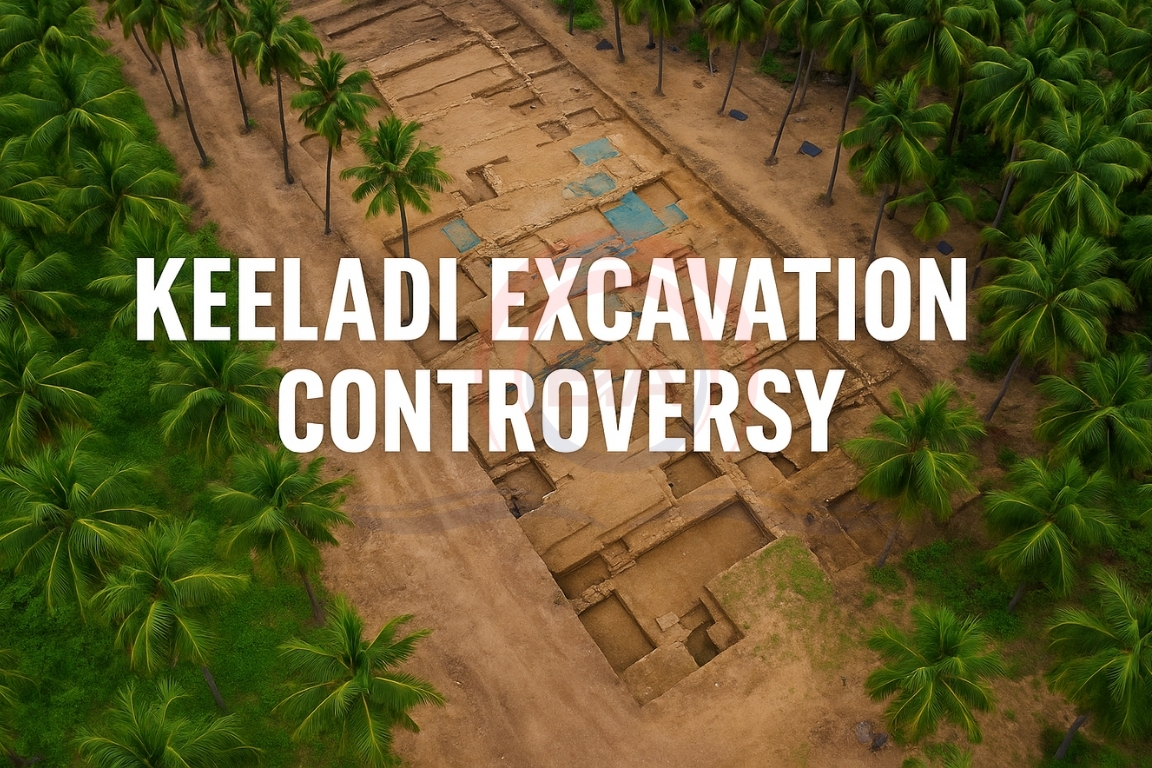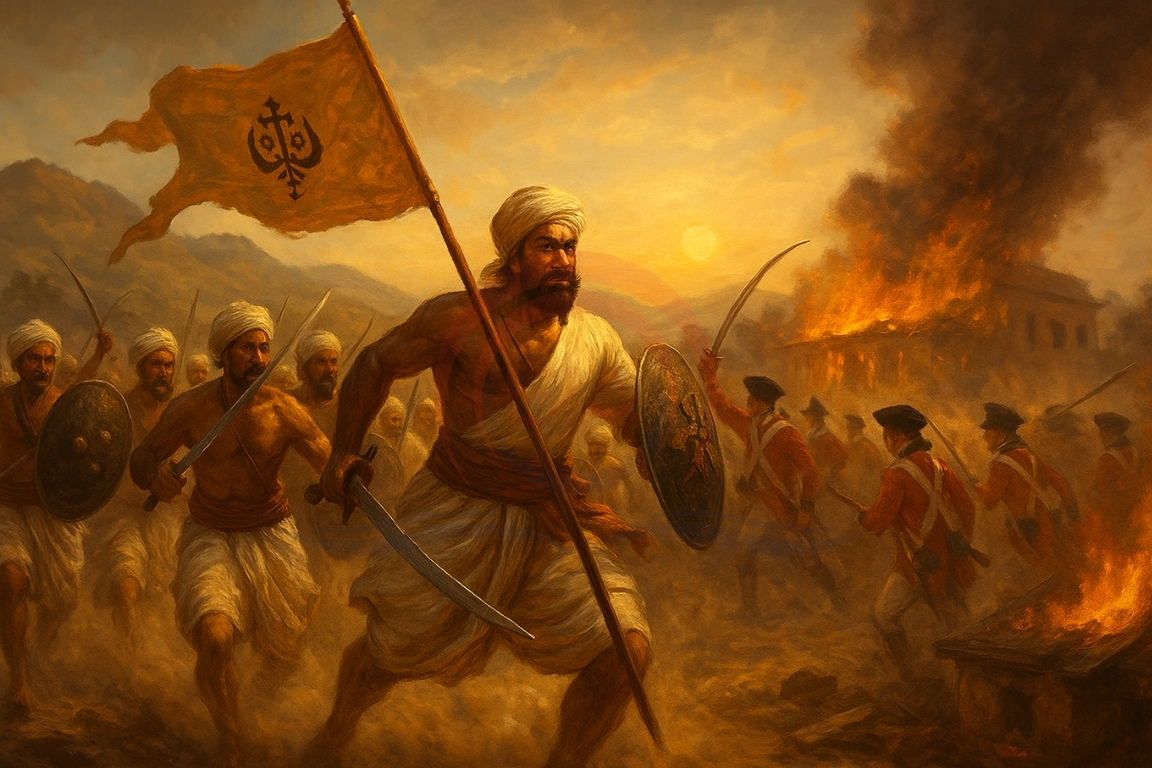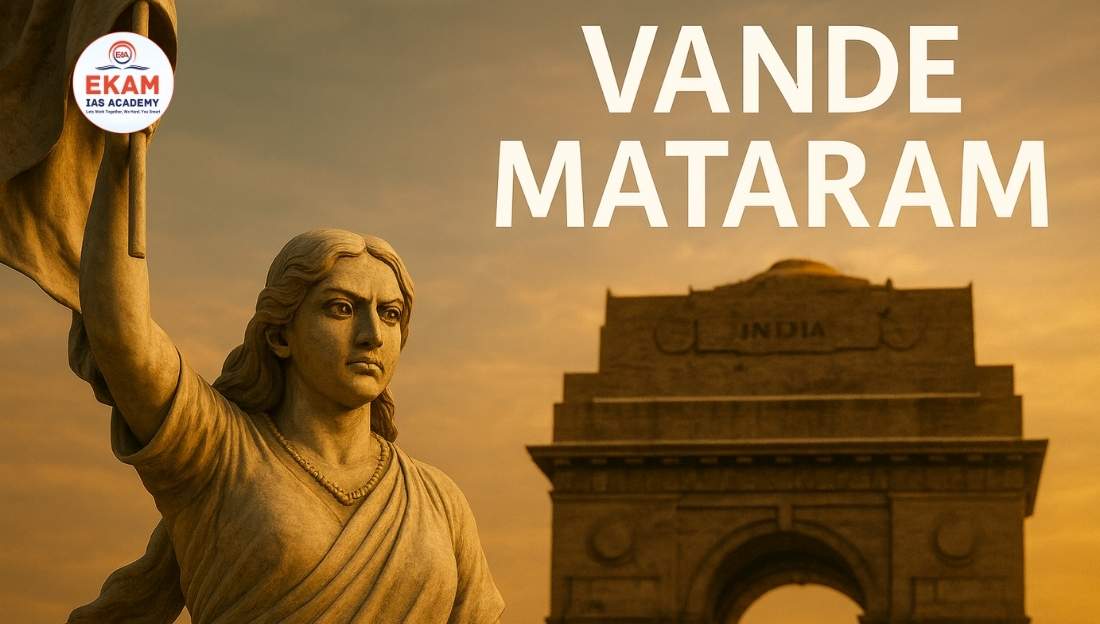The Archaeological Survey of India (ASI) asked archaeologist K. Amarnath Ramakrishna to revise his report on the Keeladi excavations. His refusal, followed by his transfer, triggered a political debate in Tamil Nadu over heritage and scientific autonomy.
Background of the Excavation
- The Keeladi site is located near the Vaigai River in Tamil Nadu.
- Excavations began in 2014, led by archaeologist K. Amarnath Ramakrishna under ASI.
- Over 7,500 artifacts were found, including urban features like walls, drains, and wells.
Significance of Findings
- Carbon dating confirmed the site is from the 2nd century BCE, linking it to the Sangam era.
- No religious symbols were found, indicating a secular urban civilisation.
- It challenged the idea that urbanisation in India began only with the Gangetic plains.
ASI’s Objection and Controversy
- ASI asked Ramakrishna to revise the report, questioning the dating methods and depth of findings.
- Ramakrishna refused, citing scientific methods like stratigraphy and Accelerator Mass Spectrometry.
- He was transferred from Delhi to Greater Noida, seen by critics as a move to suppress his work.
Political and Public Response
- Political parties in Tamil Nadu accused the Centre of undermining Tamil heritage.
- The Madras High Court intervened earlier, allowing State involvement in excavations.
- The Tamil Nadu State Department of Archaeology published its own report affirming Keeladi’s urban past.

WHAT IS SANGAM AGE?
The Sangam Age refers to the early historic period of South India, particularly Tamil Nadu, which is known for its rich literature, culture, and urban civilization. It is named after the Sangams (assemblies) of poets and scholars held in ancient Tamil kingdoms.
Key Features of Sangam Age (in simple points):
Time Period:
- Roughly from 3rd century BCE to 3rd century CE.
- Associated with the post-Mauryan period in North India.
Sangam Literature:
- Composed in Tamil, it includes poems, grammar books, and epics.
- Important works: Tolkappiyam (grammar), Ettuthogai (Eight Anthologies), and Pathupattu (Ten Idylls).
Major Kingdoms:
- Chera, Chola, and Pandya dynasties ruled the region and were active patrons of literature and arts.
Urbanization & Trade:
- Evidence of well-planned towns, trade with Rome and Southeast Asia, and use of coins and weights.
- Ports like Kaveripattinam and Muziris were active trade centers.
Conclusion:
The Keeladi issue is not just a scientific debate but a clash of cultural narratives. Balancing academic integrity with heritage pride remains key to resolving such disputes.





